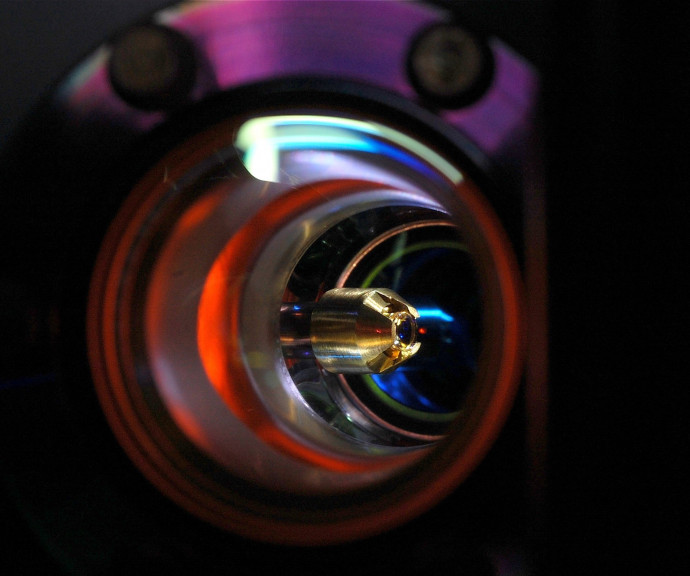Creating and observing spooky entanglement

Dr Mikkel Andersen from the University of Otago will connect individual atoms through the spooky mechanism of “quantum entanglement”, watching as the connection is created and destroyed. This could lead to new technologies for unprecedented accuracy of measurements and speed of computing power.
Published on 8 November 2018

Dr Mikkel Andersen (Photo: provided)
The defining physical phenomenon that separates the microscopic quantum world from the world of our day-to-day experience is quantum entanglement. If two atoms are entangled, measurement of one atom affects the possible outcomes of measurements on the other atom. This occurs even if the entangled atoms are at opposite ends of the solar system without contact of any sort. This led Einstein to claim that quantum entanglement was too “spooky” to be true. However, quantum entanglement is certainly real. Yet it is often fragile and is easily lost if not kept in an ultra-cold environment. This presently hampers its transition from laboratory experiments to real-life applications.
In this new Marsden Fund project, Dr Mikkel Andersen from the University of Otago will show how the random vibrations of a warm environment, the very thing that often destroys entanglement, can be exploited for its generation. Powered by astounding progress in scientists' ability to control atoms, Dr Andersen will assemble individual atomic pairs held by laser beams, and watch through a sensitive microscope as the atoms entangle when they collide. This project will provide the world’s smallest entanglement-enhanced device capable of detecting magnetic field variations on a nanometre scale.
Armed with this new thermally robust source of entanglement, Dr Andersen will measure delicate magnetic field variations with unprecedented precision. Quantum entanglement is of more than fundamental interest. Observing and understanding this phenomenon will help power future quantum technologies, enabling more secure communications, faster computations, and more precise measurements.
